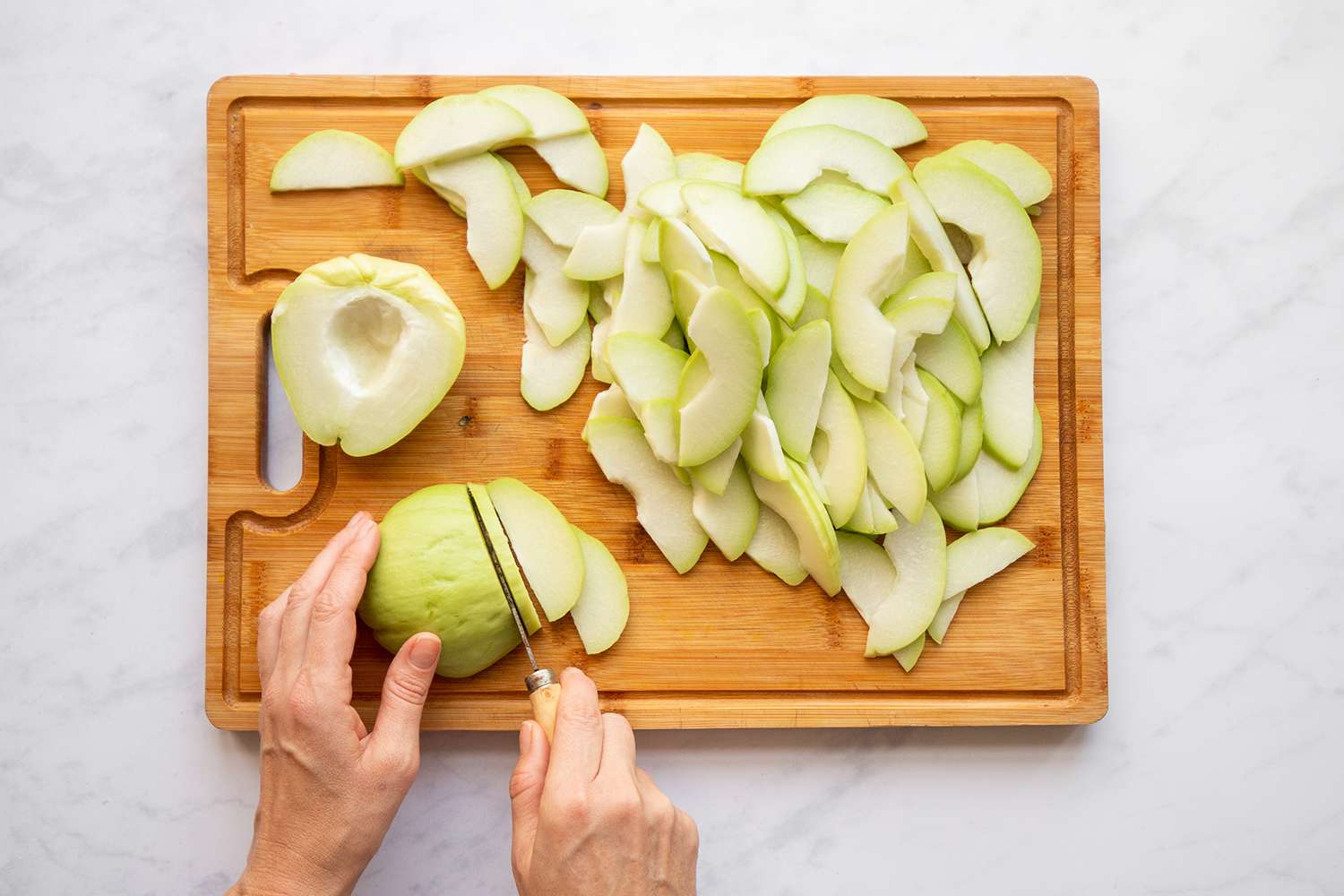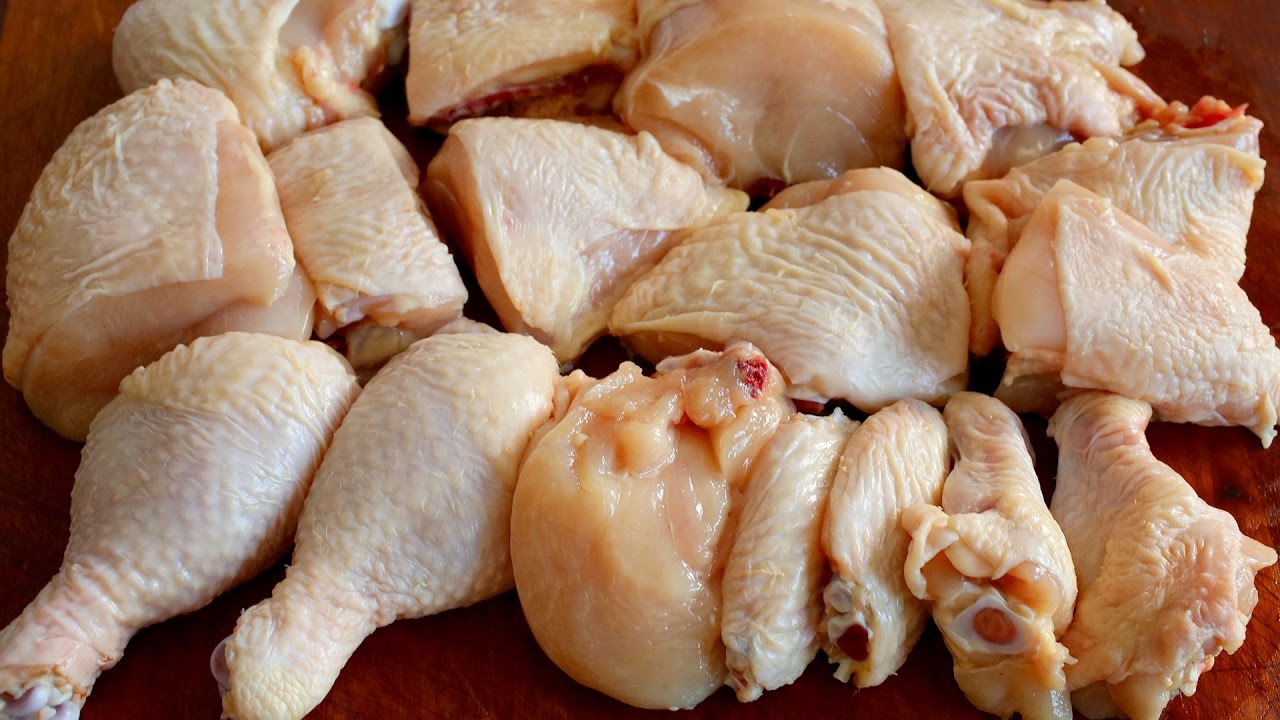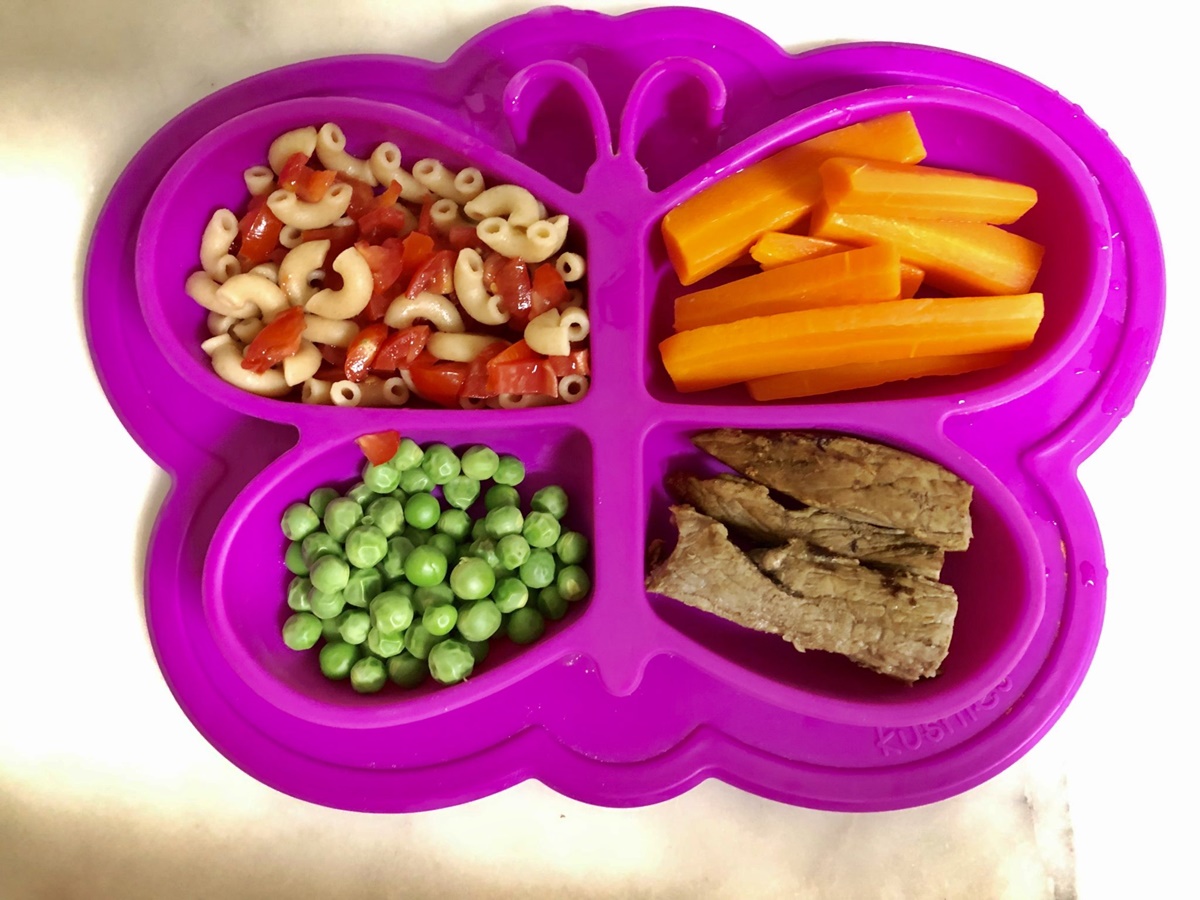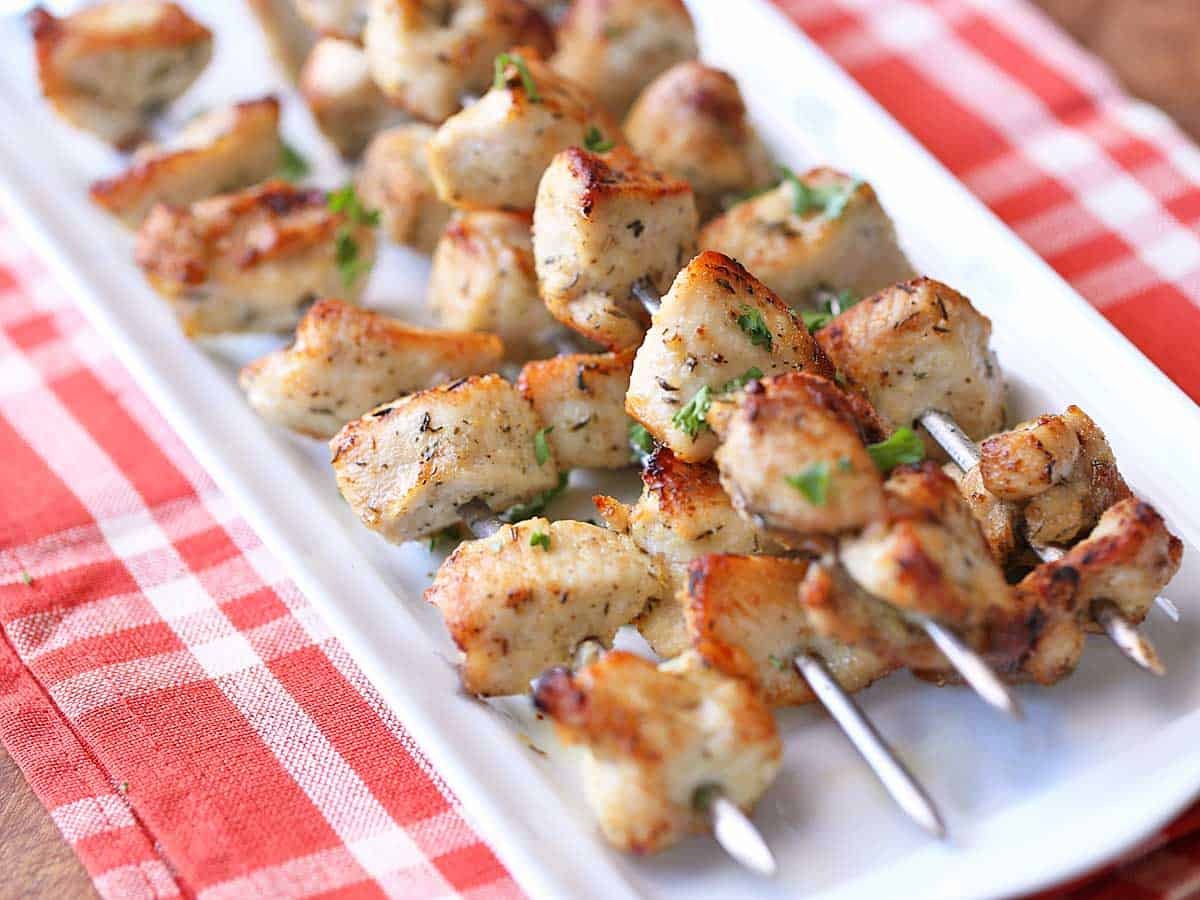How To Cut Out Bread: A Guide to Improving Your Diet
Are you considering cutting out bread from your diet? Whether you’re watching your carb intake, following a gluten-free lifestyle, or simply trying to make healthier food choices, eliminating bread can be a game-changer for your overall well-being. In this article, we will provide you with some useful tips and strategies to help you successfully cut out bread while still enjoying delicious and nutritious meals.
Why Cut Out Bread?
Bread is a staple in many diets, but it can be high in carbohydrates and low in essential nutrients. By eliminating bread, you may experience several benefits:
- Reduced carbohydrate intake: Bread is known for its high-carb content, and cutting it out can be an effective way to lower your daily carb intake.
- Weight management: By reducing your carbohydrate consumption, you may find it easier to achieve and maintain a healthy weight.
- Better digestion: Bread, particularly those made with refined grains, can be hard to digest for some individuals. Cutting it out may alleviate digestive discomfort.
- Improved blood sugar control: Bread can cause blood sugar spikes, especially if it’s made from refined flour. Removing it from your diet can help stabilize your blood sugar levels.
- Opportunity for dietary diversity: Cutting out bread means you’ll need to explore other food options, allowing you to discover new flavors and nutrients.
Tips to Eliminate Bread from Your Diet
Transitioning away from bread doesn’t mean sacrificing taste or feeling deprived. Here are some practical tips to help you succeed:
- Explore Alternative Grains: Replace bread with whole grain alternatives like quinoa, brown rice, amaranth, or buckwheat. These grains are nutrient-dense and can be used as a base for salads, stir-fries, or grain bowls.
- Get Creative with Lettuce Wraps: Wrap your favorite fillings, such as deli meats, veggies, or grilled chicken, in large lettuce leaves instead of bread. It adds a refreshing crunch while reducing calories and carbs.
- Embrace Veggie-Based Substitutes: Try using vegetables like zucchini, sweet potatoes, or cauliflower as a substitute for bread. You can create delicious and nutritious alternatives like zucchini noodles, sweet potato toast, or cauliflower crust pizza.
- Experiment with Gluten-Free Breads: If you’re sensitive to gluten but still crave the texture of bread, explore gluten-free options made from alternative grains like almond flour, coconut flour, or chickpea flour.
- Focus on Protein: Ensure your meals contain adequate protein to keep you feeling satisfied. Include lean meats, fish, eggs, legumes, and dairy products to meet your protein needs.
Meal Ideas Without Bread
If you’re wondering what to eat without bread, here are some ideas to inspire you:
- Egg and Vegetable Scramble: Sauté mixed vegetables with scrambled eggs for a satisfying and nutritious breakfast.
- Grilled Chicken Salad: Toss grilled chicken, mixed greens, avocado, cherry tomatoes, and a drizzle of olive oil for a light and flavorful lunch.
- Bunless Turkey Burger: Wrap a juicy turkey burger in lettuce leaves and top it with your favorite condiments and veggies.
- Salmon with Quinoa: Serve grilled salmon alongside a bed of fluffy quinoa and roasted vegetables for a well-balanced dinner.
- Fruit and Yogurt Parfait: Layer Greek yogurt, mixed berries, and a sprinkle of granola for a delicious and wholesome dessert.
Stay Consistent and Enjoy the Benefits
Cutting out bread may require some adjustment initially, but remember that small changes can lead to significant results. Stay consistent, experiment with new recipes, and savor the benefits of a bread-free diet. Your body will thank you for making healthier choices!
Disclaimer: The information in this article is intended for informational purposes only and should not be considered as medical advice. Please consult with a healthcare professional before making any significant dietary changes.
If you're looking to cut out bread, there are plenty of delicious recipes to try. For a hearty meal, the Eggplant Lasagna Recipe offers a satisfying alternative to traditional pasta. Those craving something light can enjoy Cucumber Sandwich Bites Recipe, which are refreshing and easy to make. For breakfast, the Almond Flour Pancakes Recipe are a great way to start the day without missing bread. Finally, the Cauliflower Crust Pizza Recipe is perfect for pizza lovers who want to skip the carbs. Give these a try and enjoy a bread-free diet without sacrificing flavor.
Was this page helpful?
Read Next: How To Cut Peppers For Sausage And Peppers





